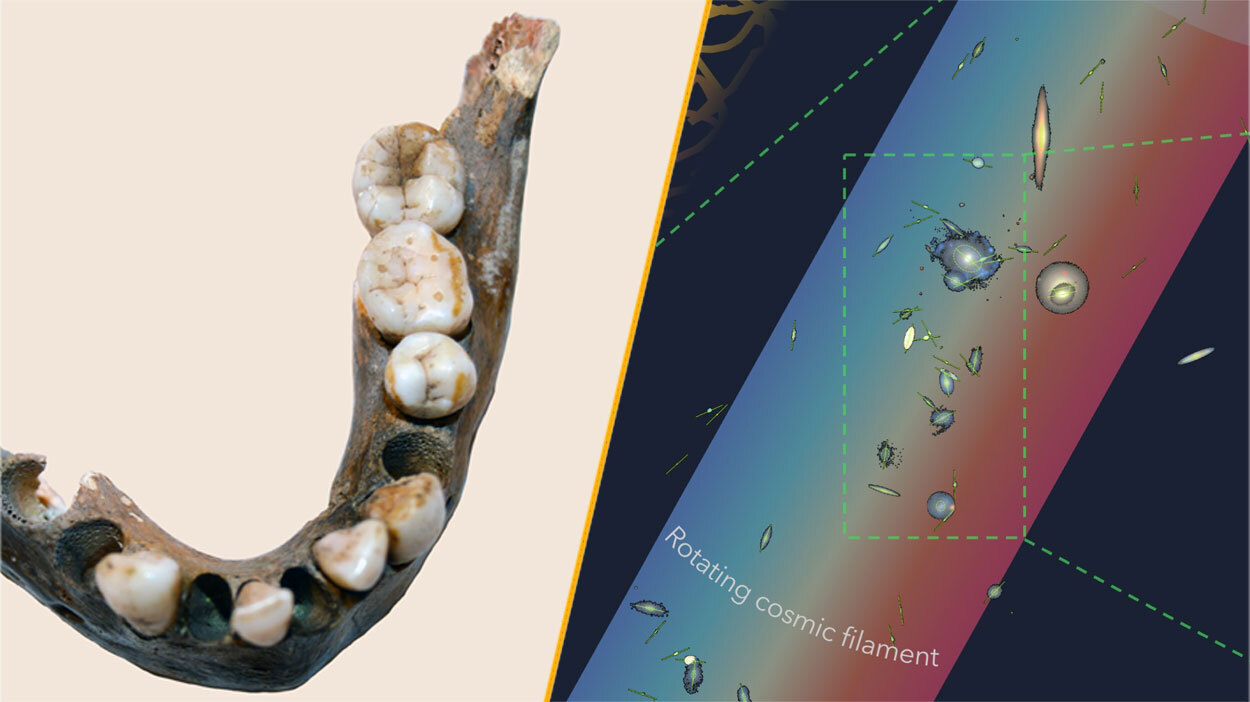How to watch the Lyrid meteor shower
The Lyrids will light up the skies starting this weekend.

It's almost time for the Lyrids, the meteor shower that originates from the tail of a comet that circles the sun once every 415 years.
The comet may be a rare sight, but Earth passes through debris from its orbit every year in late April. This year, the medium-bright meteors that occur when the debris streaks through the atmosphere will be visible between April 16 and April 30 in the Northern Hemisphere.
To watch, look up after 10:30 p.m. local time wherever you can find a dark patch of sky with little light pollution. The moon will be waxing gibbous during the Lyrids this year, with a full moon on April 26, meaning light pollution from the moon will be an issue for skywatchers. The best viewing, according to NASA, will be after the moon sets and before the sun rises. That might mean that getting up early is a better bet than staying up late —— on April 20 in New York, for example, the half moon will set at 2:48 a.m., offering a viewing window until sunrise at 6:09 a.m.
The Lyrids appear to originate from the constellation Lyra, northeast of the bright star Vega. Lyra looks like a lopsided square. It's not necessary to look right at Lyra, though, as the angle of approach will make the meteor tails look shorter. To get the best view of long-tailed meteors, lie on your back with your feet facing east and try to get as broad a view of the sky as you can. Give your eyes 20 to 30 minutes to adjust to the darkness in order to see dimmer meteors.
Typically, the Lyrids produce 10 to 20 meteors an hour, though they can occasionally burst out with a volley of 100 or so an hour. Such outbursts have been recorded in the United States in 1803 and 1982, in Greece in 1922 and in Japan in 1945, according to NASA.
The Lyrids are fragments from the tail of Comet Thatcher, a comet discovered in 1861. However, Thatcher has been zipping through the solar system for a lot longer than that: The first reported sighting of the meteor shower was in China in 687 B.C., making the Lyrids one of the oldest meteor showers known.
If you miss the Lyrids, the next chance to see a meteor shower will follow soon after. On May 6, the Eta Aquarids will peak. They're best viewed closer to the equator, but offer views of 10 to 30 shooting stars an hour in the northern latitudes, according to the American Meteor Society.
Get the world’s most fascinating discoveries delivered straight to your inbox.
Originally published on Live Science.

Stephanie Pappas is a contributing writer for Live Science, covering topics ranging from geoscience to archaeology to the human brain and behavior. She was previously a senior writer for Live Science but is now a freelancer based in Denver, Colorado, and regularly contributes to Scientific American and The Monitor, the monthly magazine of the American Psychological Association. Stephanie received a bachelor's degree in psychology from the University of South Carolina and a graduate certificate in science communication from the University of California, Santa Cruz.


